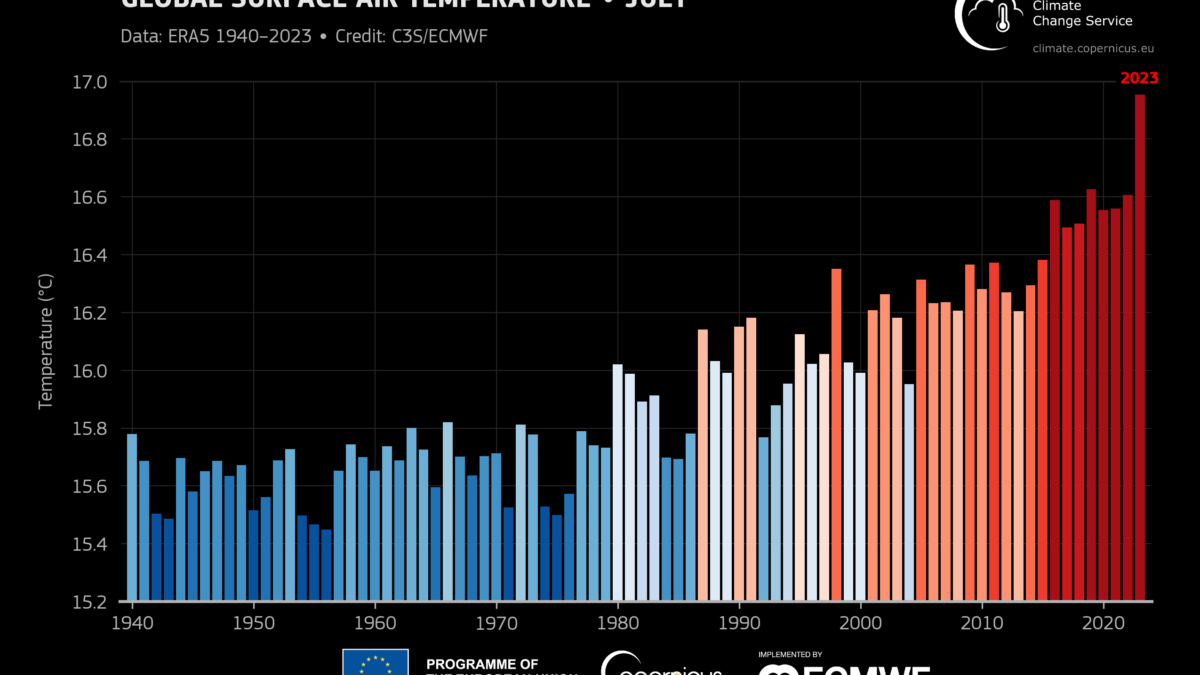Two more outbreaks of anthrax hit northern Siberia due to thawing permafrost
31 August 2016 (Siberian Times) – The Yamalo-Nenets region has suffered not one but three separate outbreaks of lethal anthrax since 7 July 2016, with bloodsucking insects – especially gadflies and mosquitoes – playing a key role in the spread, we can confirm. A strong new warning from scientists suggests that there is a ‘dangerous’ risk of infection across this entire permafrost area. There was worldwide coverage last month when Russian bio- and chemical-warfare troops were deployed to deal with the first case of the infection since 1941. Now it is clear that there were a total of two outbreaks on the Yamal peninsula, and a third east of the Gulf of Ob. Previously, only one focal point was acknowledged, around Lake Yarato. Now scientists say that the epicentre of this initial outbreak was in a privately-owned herd of reindeer at nearby Lake Pisyoto on 7 July, while a second outbreak occurred some 100 kilometres or 62 miles southeast at Novy Port, on the Gulf of Ob. The last, where the infection was detected on 3 August, was at Pyakyakhinskaya in Tazovsky district, a distance of some 250 km or 155 miles east of the original infection. […]
Officials say that the summer anthrax infections led to one fatality, a 12 year old boy, along with the death of 2,349 reindeer and at least four dogs. Crucially, the study also established that the infection started in thawed, contaminated soil, rather than emanating directly from decades-old poisoned reindeer carcasses or even human remains in graveyards, as was earlier believed. This, in turn, means that controlling new outbreaks in a warming climate is virtually impossible, other than by mass vaccinations of people and animals. “Due to the wide spread of anthrax in the past, almost the entire territory of Yamal district is dangerous in terms of anthrax”, said a report from the All-Russian Research Institute of Veterinary Virology and Microbiology, part of the Russian Agricultural Academy. The soil originally became infected because of numerous anthrax outbreaks, specifically in the late 19th and early 20th centuries. […] Abnormally high temperatures in the Arctic this summer led to the thawing. “The spread of the disease among reindeer was caused by old soil disease spots, which melted as a result of abnormal heat”, the agency said in a report released on Wednesday. There had been no outbreak of anthrax in Yamal since 1941 before this summer’s outbreak. [more]
Two more outbreaks of anthrax hit northern Siberia due to thawing permafrost



As usual, your photo editing is superior to the source material. Reality as a Sci Fi movies.. and the article buried the lede:
"Crucially, the study also established that the infection started in thawed, contaminated soil, rather than emanating directly from decades-old poisoned reindeer carcasses or even human remains in graveyards, as was earlier believed.
This, in turn, means that controlling new outbreaks in a warming climate is virtually impossible, other than by mass vaccinations of people and animals."
Oh goody, more news to come.